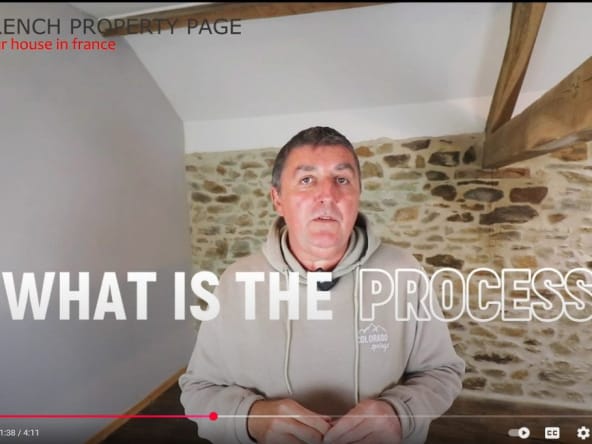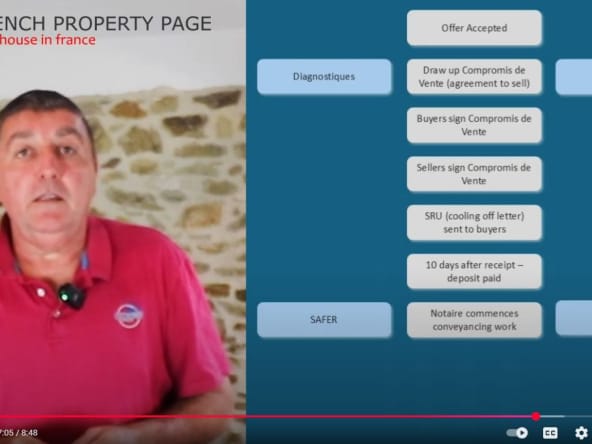Since April 1, 2023, the sale of certain properties has been subject to a new requirement: the energy audit. This in-depth study of a property’s energy performance complements the Energy Performance Diagnostic (DPE). Its aim is to provide future buyers with a detailed assessment of the property and recommendations for improving its energy efficiency. But who is affected by this obligation, and what are its implications?
Mandatory audit for certain categories of property
Unlike a simple energy performance diagnosis (DPE), which is systematically required when a property is put up for sale, an energy audit is only required in certain specific cases. It is compulsory for owners wishing to sell a single-family home or condominium rated F or G on the DPE scale – in other words, the notorious “heatwasters”. This obligation was introduced to raise buyers’ awareness of the work needed to improve the energy efficiency of the property.
As of January 1, 2025, this obligation will also apply to E-rated properties, and from 2034 to D-rated homes. The legislator’s aim is to accelerate the energy transition by encouraging the renovation of the most energy-hungry homes.
It should be noted that the energy audit must be submitted as soon as the compromis or promesse de vente is signed, and appended to the final deed of sale. A seller who fails to comply with this obligation may be liable to cancel the sale on grounds of lack of consent, or to take legal action against the buyer.
What is an energy audit, and who can carry it out?
An energy audit is a detailed document that goes far beyond the DPE. It not only assigns an energy performance rating to the property, but also proposes a schedule of works designed to improve its thermal efficiency. This report must be drawn up by a qualified, independent professional, who may be a thermal design office, a certified property diagnostician or an architect specialized in energy renovation.
The audit comprises several essential elements. Firstly, it provides a precise assessment of the home’s energy performance, with an estimate of consumption before renovation. Secondly, it proposes work in several stages to achieve at least class E, or even B where feasible. Finally, it includes an estimate of the cost of the renovation, as well as a list of the financial assistance available, such as MaPrimeRénov’, the zero-rate eco-loan (éco-PTZ) or Energy Savings Certificates (CEE).
The cost generally varies between 500 and 1,000 euros, depending on the professional involved and the complexity of the home being analyzed. It is valid for five years, and must be renewed if the property is sold after this period.
Energy audit vs. DPE: what are the differences?
While both the DPE and the energy audit focus on the energy performance of a property, they do not pursue the same objectives or provide the same level of detail. The DPE is a rapid assessment of a property, based on standard criteria. It assigns an energy label ranging from A to G, and is purely informative. In contrast, an energy audit is a much more in-depth analysis. It establishes detailed, costed renovation scenarios to help future homeowners plan concrete work and evaluate the budget required to improve the energy efficiency of their property.
With the gradual tightening of energy performance requirements, buyers and sellers are now obliged to include this audit in their plans. It’s not only a regulatory imperative, but also a strategic tool for anticipating the work and expenditure involved in energy renovation.




